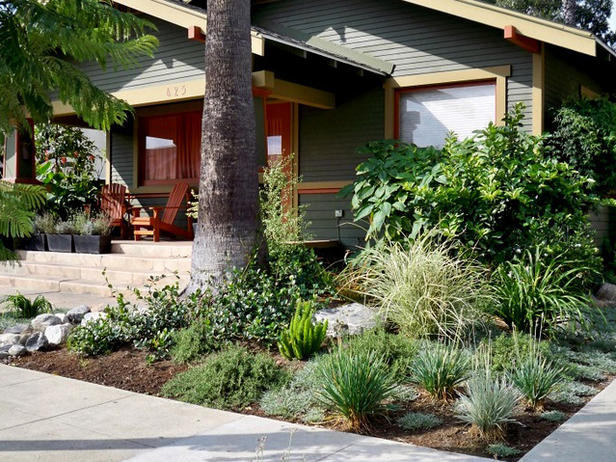Giving Your Landscape the Water it Needs and Only the Water it Needs
Most homeowners know that plants and trees writhe without sufficient water. But overwatering can take on even greater toll on your landscape. Watering too much or too often can also register on your water bill as the cost of treating and pumping water increase all over the state.
Fortunally, significant water savings can be appreciated by performing just a few modest practices. Californians’ recognize that water is a precious natural resource probably more now than ever as we cruise our communities and notice that brown is the new green. This basic guide will help you build the kind of operative watering practices that will keep your landscape green, healthy and save you money, too.
You’re Landscape
- Shaded and sheltered areas are likely to require less water.
- Walk your yard to note areas that are dry.
- During your walk, notice how your water is being used. Water requires more time to soak in on a slope, so plan for more frequent, shorter intervals.
How much water do you need?
- The amount of water needed depends on a wide variety of environmental factors.
- Get familiar with your landscape; consider having a water audit by a certified water auditor. If you have an automatic irrigation system, the audit will tell you how much water you are using.
Best time to water
- It’s best to water in the early morning. Avoid the hottest part of the day and the wind.
- During the rainy months, don’t forget to turn off your automatic irrigation system.
- Check and adjust sprinkler heads, pipes for damage and the control battery.
- Consider replacing sprinkler spray nozzles with more efficient rotating sprinklers.
- Drip systems deliver low volumes of water and pressure. Consider one for plants.
One more hint
- Have your lawn aerated once a year which essentially reduces the amount of water plants need.
- New plantings will require more frequent watering.
- Roots will only grow where they get water so water deeply.
- Allowing the soil to dry out slightly between watering is serious.
- Keep soil from drying out too fast around shrubbery or in flowerbeds, apply a large amount of compost.
- Prevent overwatering trees in the lawn area; keep grass about two feet away from the trunk.
- Periodically use a shovel or spade to check the moisture. Even if the surface appears to be dry, the soil at root level might be moist.
It’s predicted that California may face another 2 or 3 years in a drought. Let’s stay aware of our water consumption and don’t water anything you don’t want to keep green.

